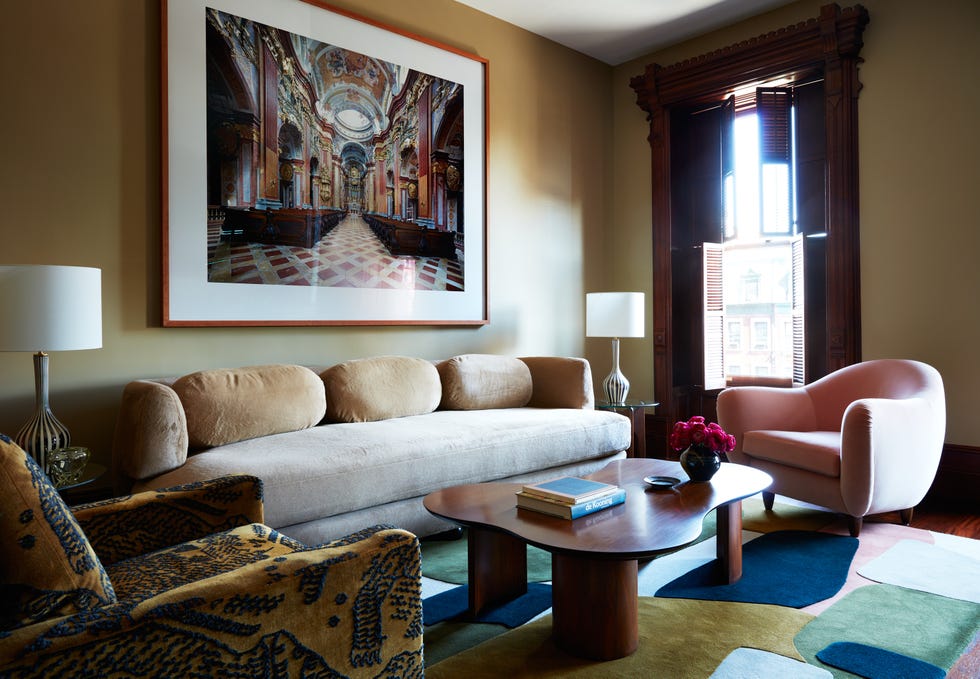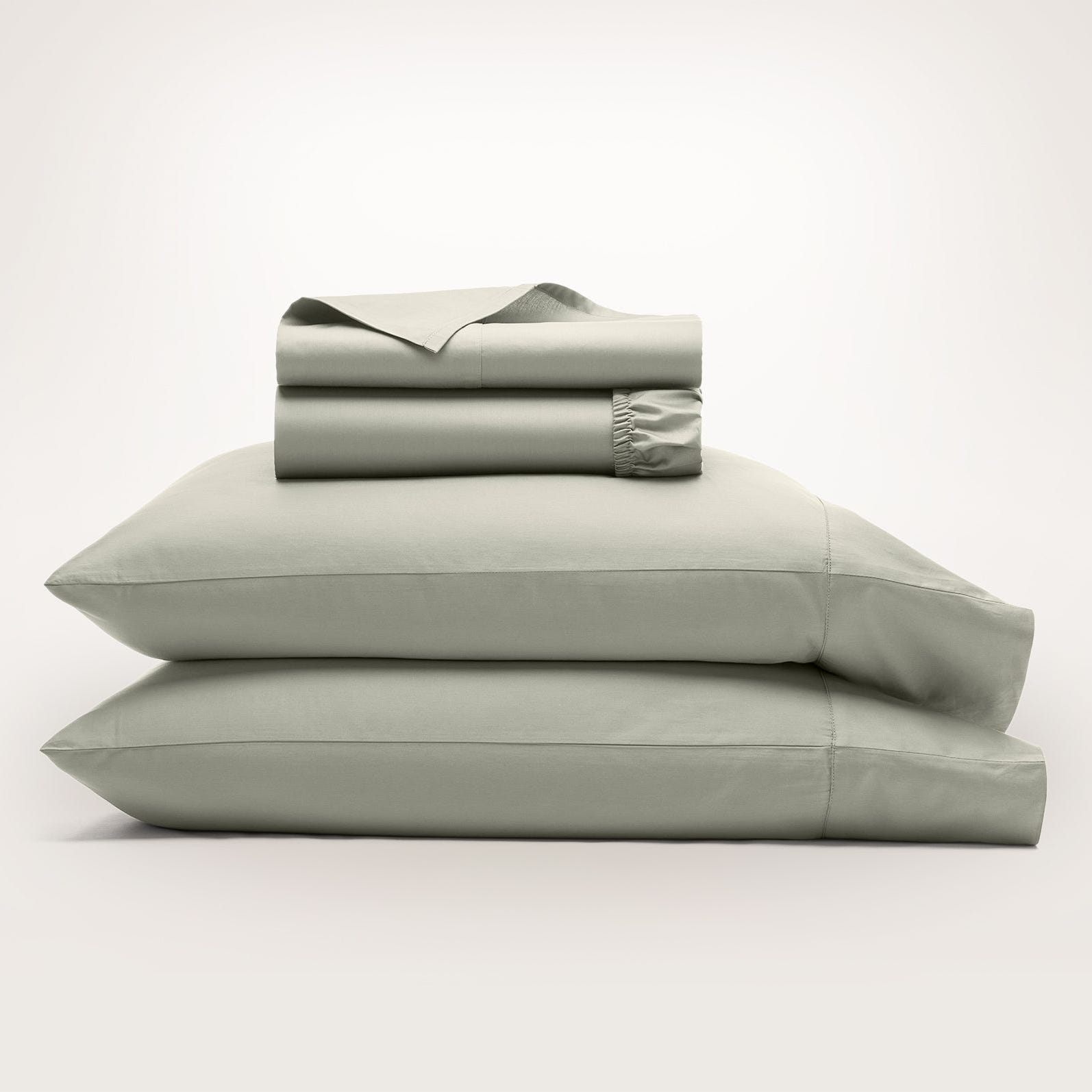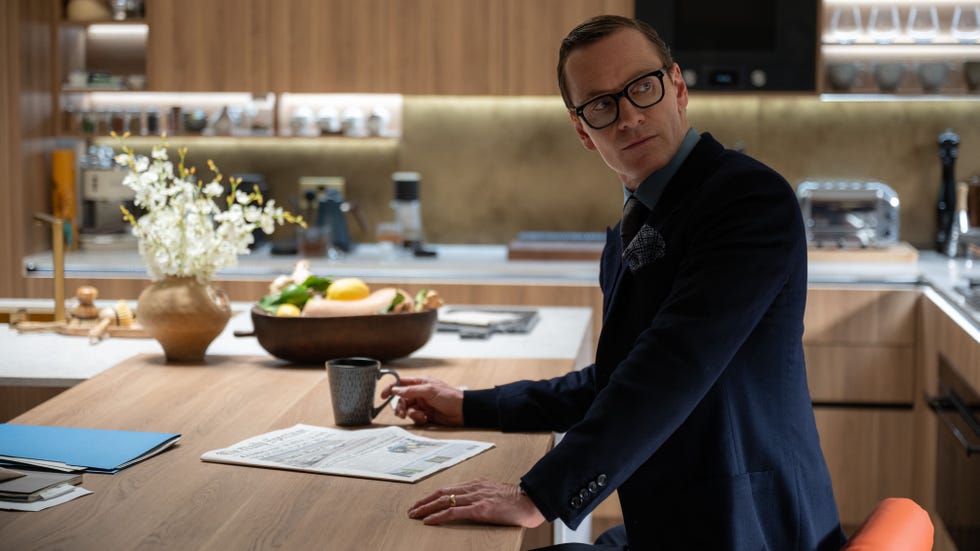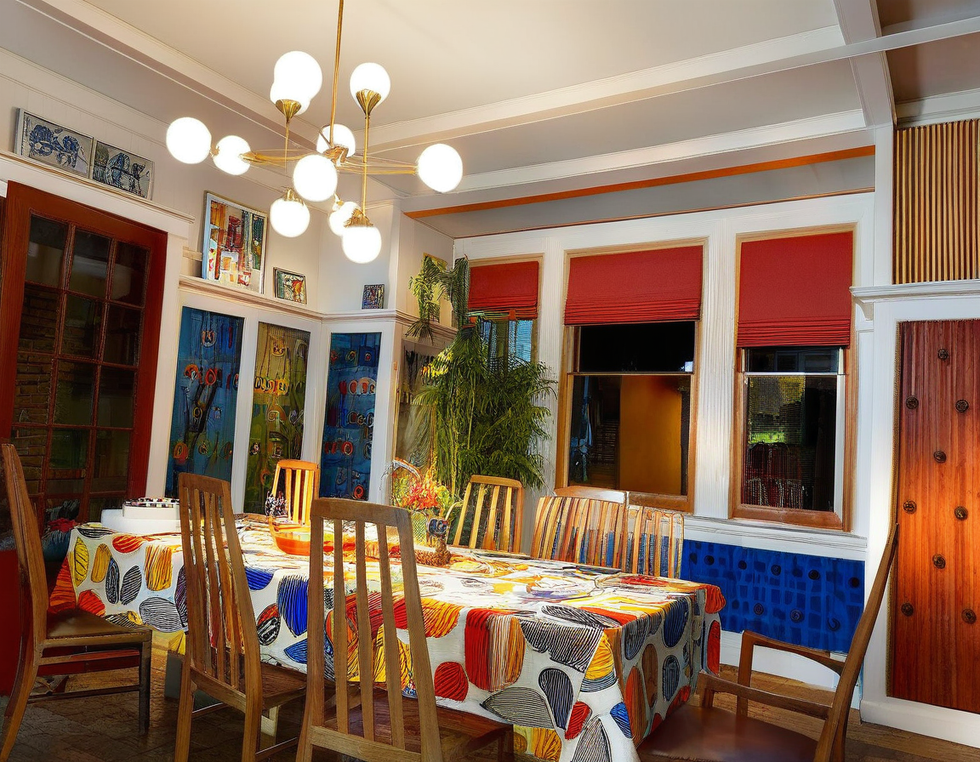How do you approach a space steeped in architectural history without losing its soul? For New York interior designer Jarvis Wong of Jarvis Studio, shaping this home within one of Harlem’s most distinguished Gilded Age mansions meant embracing a delicate dance between preservation and reinvention. The landmark building—once home to haberdasher Dapper Dan’s legendary atelier during his Gucci collaboration—presented layers of possibility that only someone with serious vision could unlock.
The owner, Adam Friedberg is a real estate finance executive who traded Colorado’s mountains for Manhattan’s energy in order to reconnect with his former life as a professional cellist. He discovered Wong scrolling Instagram’s endless feed of design inspiration and his brief was both simple and direct: Create something that celebrates color, avoids beige-box predictability, and reflects Harlem’s vibrant creative spirit.
«Adam stressed that he did not want a neutral cookie cutter interior,» Wong says. «He gave us the freedom to explore and let our imaginations take flight. It was an exhilarating process.»
Wong’s response reads like a love letter to maximalism. «We wanted to create a jewel box-like interior full of wonders, sensuality, and visual excitement,» he explains. Drawing inspiration from Art Deco glamour, Yves Saint Laurent’s fearless palette, and what he calls the neighborhood’s «dandyism,» Wong orchestrated a space where every turn reveals another carefully curated surprise.
He kept the living/dining room’s original articulated wooden window frames, with their classical detailing and preserved shutters, to provide grand architectural punctuation from another era. Against this august backdrop, the living area becomes a symphony of soft textures: a camel-colored faux fur from Romo wraps the sofa, while the chairs sport both cotton and cut velvets from Dedar. A Candida Höfer photograph, depicting an 18th century Austrian abbey that, fittingly, hosts classical music performances year-round, serves as homage to Friedberg’s years performing in churches throughout Europe. In the dining area, Wong designed a custom silver travertine table that becomes the room’s modern centerpiece, crowned by Abramczyk Studio’s undulating Boa chandelier that gives the space contemporary movement.
The primary bedroom unfolds like a theatrical set piece, where Wong’s bespoke headboard with flanking wooden obelisks exploits every inch of the room’s generous ceiling height for maximum drama. Jim Thompson’s Calypso fabric wraps the custom headboard in Art Deco exuberance, while underfoot, Wong’s hand-designed carpet by Sacco Carpet channels vintage lace patterns, and the Oskar cabinet in shimmering green mica from Jallu Ébenistes makes a sculptural statement.
Wong’s custom sectional in the media room curves gracefully against ocean-blue grasscloth walls, while his bespoke shelving system seamlessly weaves technology into the room’s maritime palette. But it’s Demetrius Wilson’s powerful painting «Glorious Midnight Pandemonium» that commands the space—a work that pulses with the same energy flowing through the neighborhood.
For Friedberg, the collaboration felt transformative: «Designing my Harlem home with Jarvis felt like commissioning a composer to write a new composition,» he says. «I gave him permission to be bold and expressive, and he translated my story into a space that is both deeply personal and artfully composed.»
The result captures exactly what Friedberg hoped for—an interior «full of choices that might make someone say, ‘What the hell is that?’ and then, a beat later, ‘Wait… I love it!'» In Wong’s hands, the Gilded Age gem honors its architectural heritage while speaking fluently in contemporary luxury, proving that the best interiors don’t choose between preservation and innovation—they embrace both.
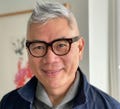
Special Projects Editor William Li is the founder of art consultancy Armature Projects and the Emmy-nominated co-host of Lucky Chow, a series about Asian food and culture on PBS.
